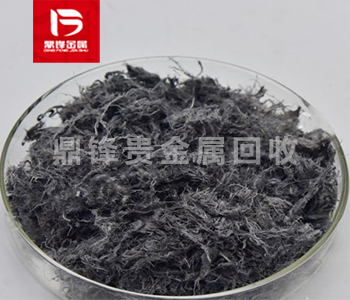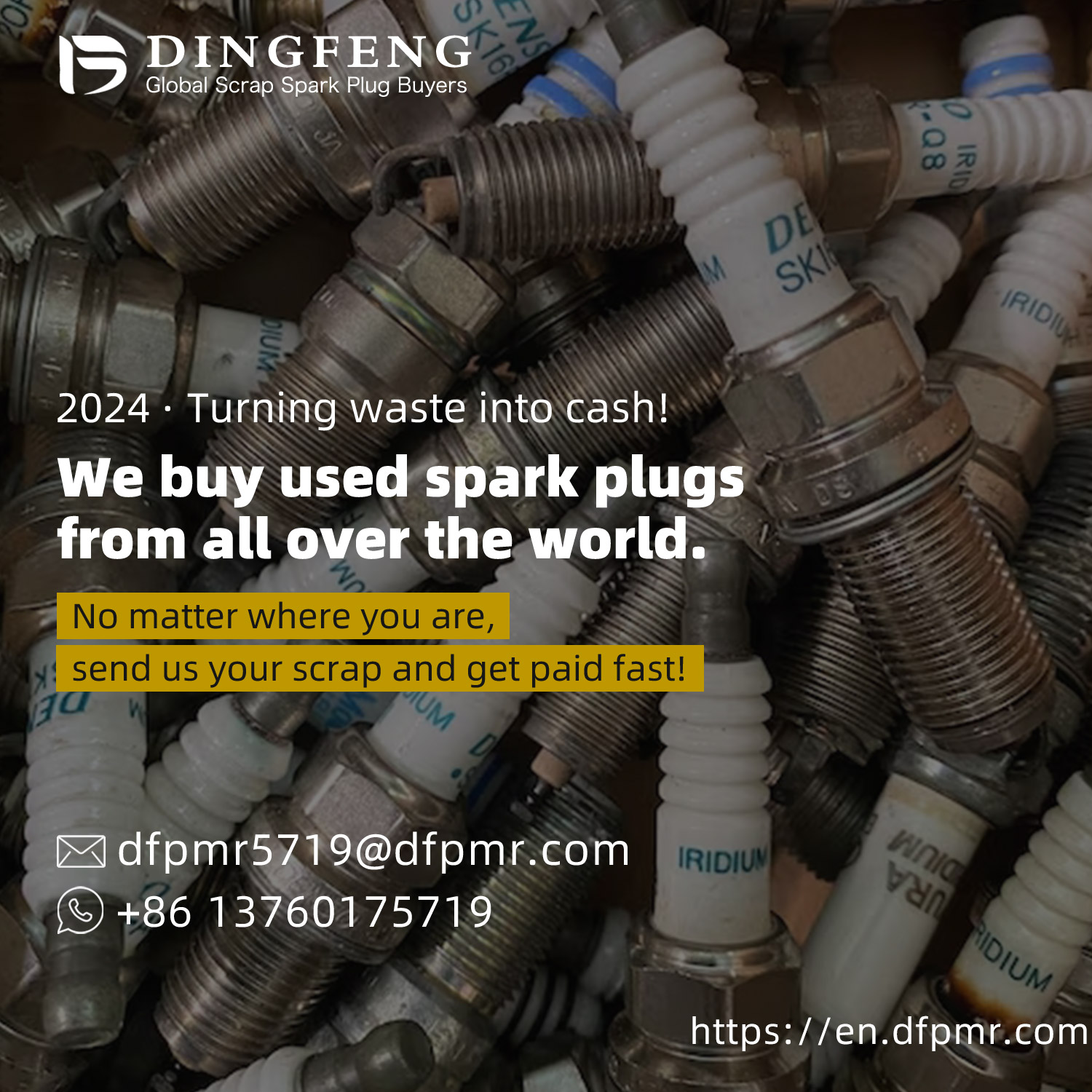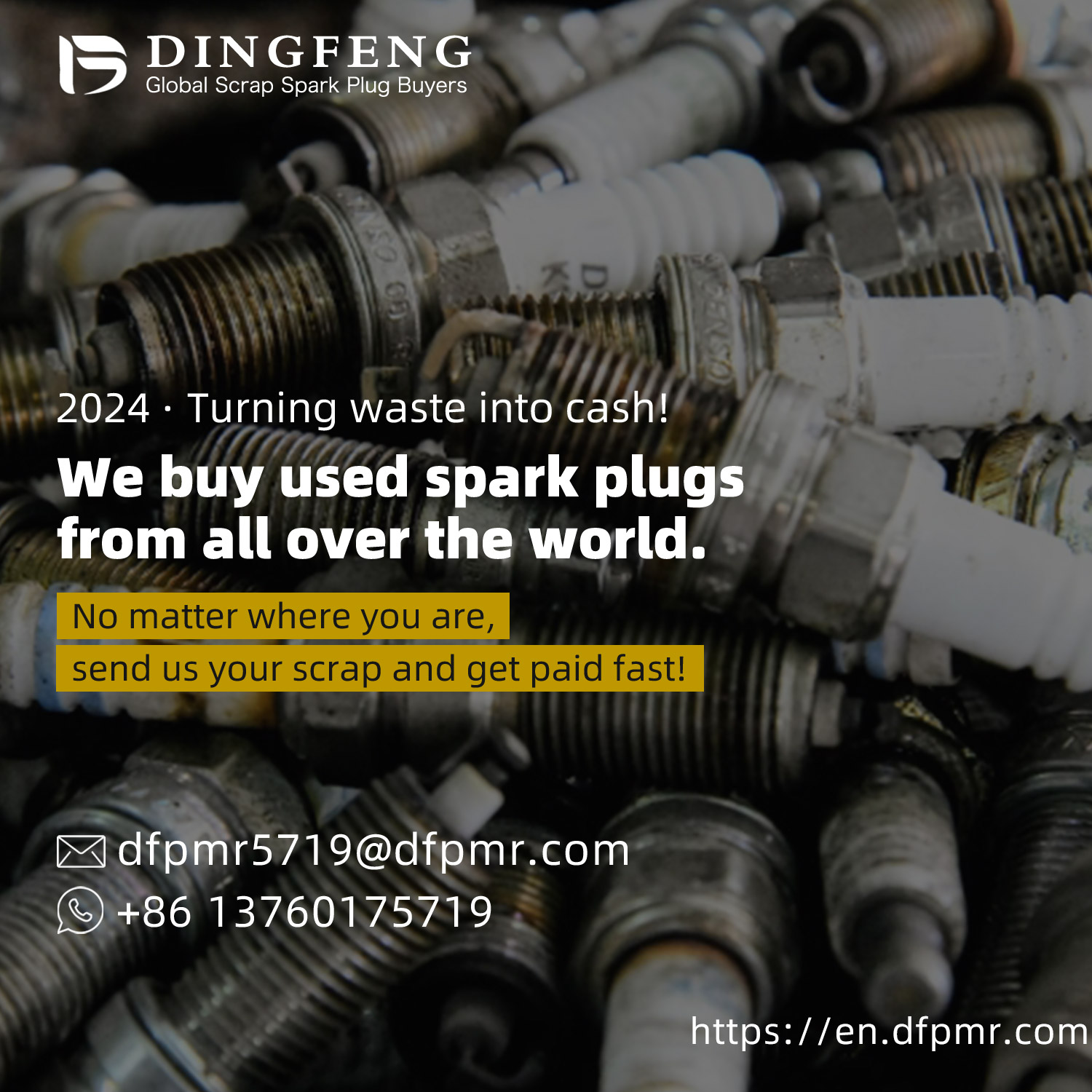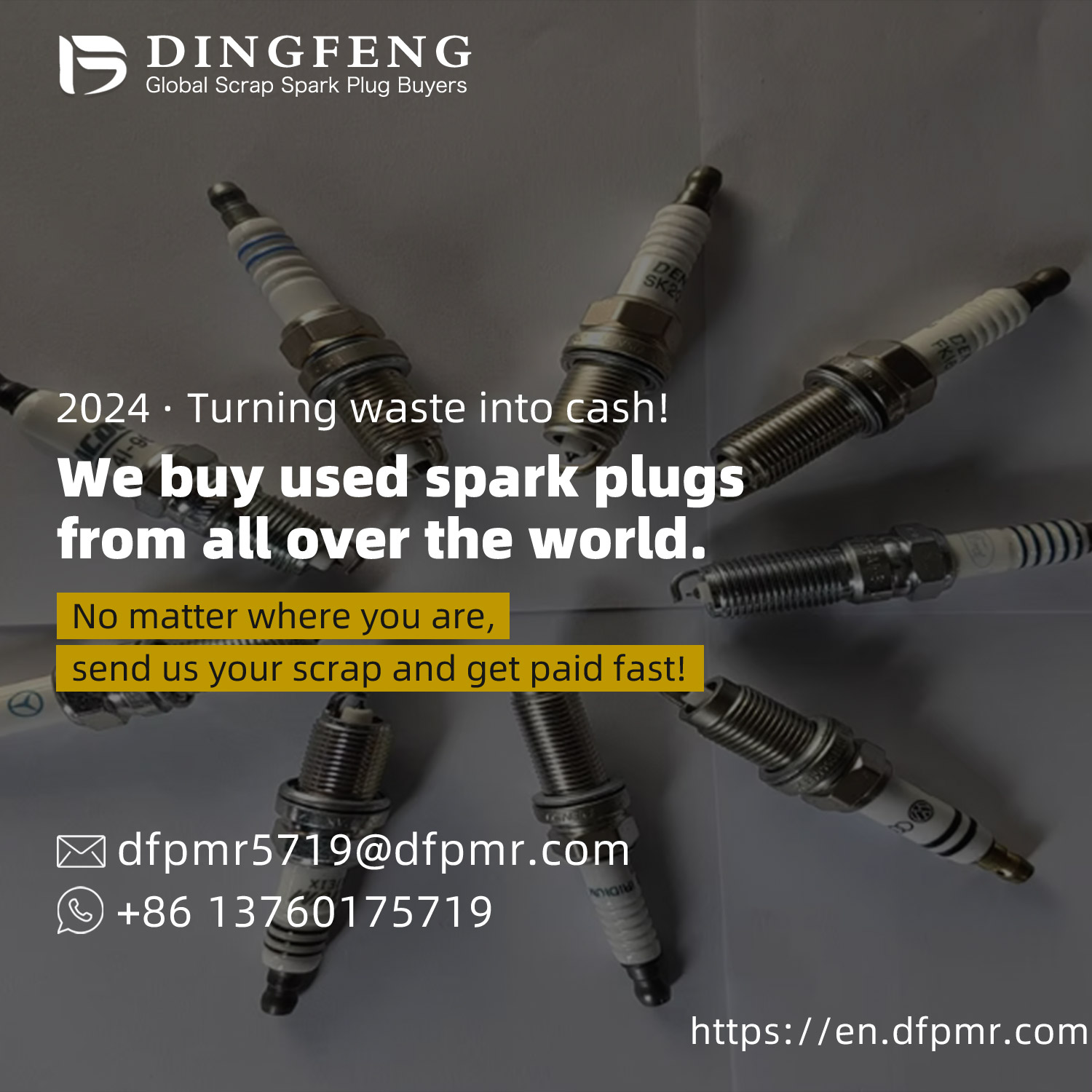Silver nitrate recovery: detailed explanation of the process flow of recovering silver from Silver nitrate waste
Silver is an important precious metal widely used in industries such as jewelry, electronics, and chemicals. With the increasing demand for silver, the rational utilization and recycling of its resour
Silver is an important precious metal widely used in industries such as jewelry, electronics, and chemicals. With the increasing demand for silver, the rational utilization and recycling of its resources have become particularly important. Silver nitrate solution is a kind of common waste liquid containing silver. The process flow of recovering silver from Silver nitrate will be described in detail below.
1、 Pre processing
Before silver recovery, the Silver nitrate solution needs to be pretreated. The purpose of this step is to remove impurities and improve recovery efficiency. Common pre-treatment methods include pH adjustment, sedimentation, and filtration. 1. pH adjustment: adjust the pH value of Silver nitrate solution to an appropriate range, generally between 2-3. Acid or alkaline solutions can be used for adjustment to ensure optimal reaction conditions. 2. Precipitation: By adding an appropriate amount of precipitant, impurities in the solution are separated from silver. Common precipitants include sodium chloride, Potassium chloride, etc. During the stirring and precipitation process, impurities will combine with the precipitant to form a precipitate. 3. Filtration: Separate the precipitate from the solution and filter out the solid precipitate through a filter. The filtrate is the silver containing liquid to be recovered.
2、 Dissolution
Dissolving the solution containing silver is a Committed step in the recovery process. The commonly used solvents are sulfuric acid and nitric acid. The following are the specific steps for dissolution: 1. Add a solvent: Add an appropriate amount of solvent (sulfuric acid or nitric acid) to the silver containing solution to be recovered. 2. Stirring dissolution: Use a stirring device to thoroughly mix the solvent with silver containing solution, promoting the reaction between silver and the solvent. 3. Reaction control: Control the reaction temperature and time to ensure that silver can be completely dissolved in the solution. The selection of temperature and time should be adjusted according to the actual situation. 4. Filtering: Filter the dissolved solution to remove residual solid impurities. Use filter paper or filter for filtration to obtain a pure solution.

3、 Sedimentation
In the dissolved solution, silver exists in some form and needs to be separated from the solution by precipitation. The following are the steps of precipitation: 1. Add precipitant: select the appropriate precipitant, usually sodium chloride or Sodium sulfide. Gradually add the precipitant to the solution while stirring to allow the silver to react with the precipitant. 2. Precipitation reaction: The precipitant reacts with silver in the solution to form insoluble silver compounds. These compounds exist in solid form in the solution and gradually precipitate. 3. Precipitation separation: Allow the precipitated solution to stand still, and after the precipitate has completely settled, use a filter or centrifuge to separate the solution from the precipitate. Sediment is a solid substance containing silver.
4、 Filtering and washing
Filter and wash the sediment to remove impurities and improve the purity of silver. The following are the steps of filtration and washing: 1. Filtration: Use filter paper or filter to filter the sediment and remove impurities from the solution. After filtration, a relatively pure precipitate is obtained. 2. Washing: Wash the filtered sediment repeatedly to remove residual impurities and solution. Distilled water or an appropriate solution can be used for washing to ensure the purity of the precipitate. 3. Drying: Dry the washed sediment to remove any moisture. Drying can be carried out using methods such as heating or air circulation to obtain dry silver precipitates.

5、 Restore
Reduce the silver precipitate and convert it into metallic silver. The following are the specific steps of reduction: 1. Preparation of reducing agent: select the appropriate reducing agent, usually hydrogen or Sodium bisulfite. Determine the amount of reducing agent based on the actual situation. 2. Reaction condition control: Place the silver precipitate and reducing agent together in a reaction vessel, and control the appropriate temperature and reaction time. Ensure that the reduction reaction can be fully carried out. 3. Reduction reaction: The reducing agent reacts with the silver precipitate to reduce the silver in the precipitate to metallic silver. During the reaction process, it can be observed that the silver precipitate gradually turns into a silver metal.
Filtering and washing: Filter and wash the reduced metal silver to remove reducing agents and other impurities. Ensure that pure metallic silver is ultimately obtained.
6、 Purification
In order to improve the purity of metallic silver, some purification treatment is also necessary. The following are the steps of purification: 1. Melting: Melting the metal silver to separate impurities from other metal components. Higher purity silver can be obtained by melting. 2. Refining: Refining the melted metal silver to remove residual impurities and impure substances. Electrolysis or other purification methods can be used for refining. 3. Identification and testing: Identify and test the purified silver to ensure that it meets relevant quality standards. Chemical analysis or physical testing methods can be used for detection.
The technological process of recovering silver from Silver nitrate includes pretreatment, dissolution, precipitation, filtration, reduction and purification. The silver in Silver nitrate can be effectively recovered and its purity can be improved by reasonably controlling the conditions and operations of each step. This process is of great significance in the utilization of silver resources and environmental protection, providing a feasible and effective method for silver recovery
&Quot; Dingfeng Precious Metals Recycling includes precious metals such as gold, silver, palladium, rhodium, platinum, germanium, iridium, ruthenium, etc. This is our business in precious metal recycling. If you have precious metals such as gold, silver, palladium, rhodium, platinum, germanium, iridium, ruthenium that need to be recycled, please contact us and we will provide you with a satisfactory price& Quot;













